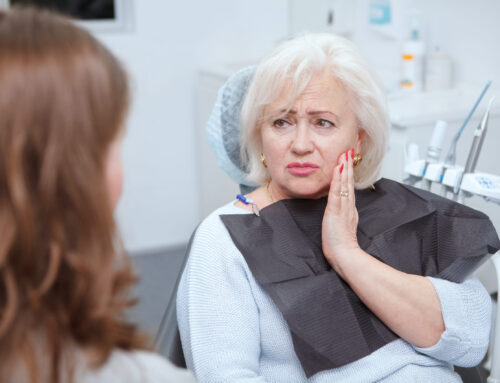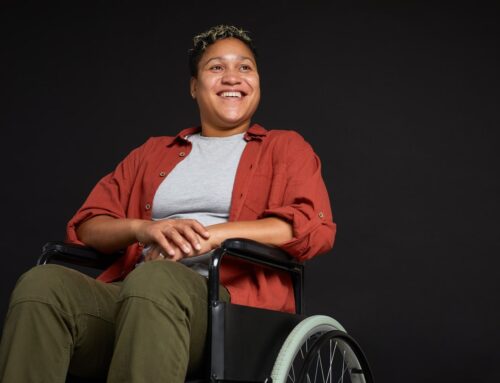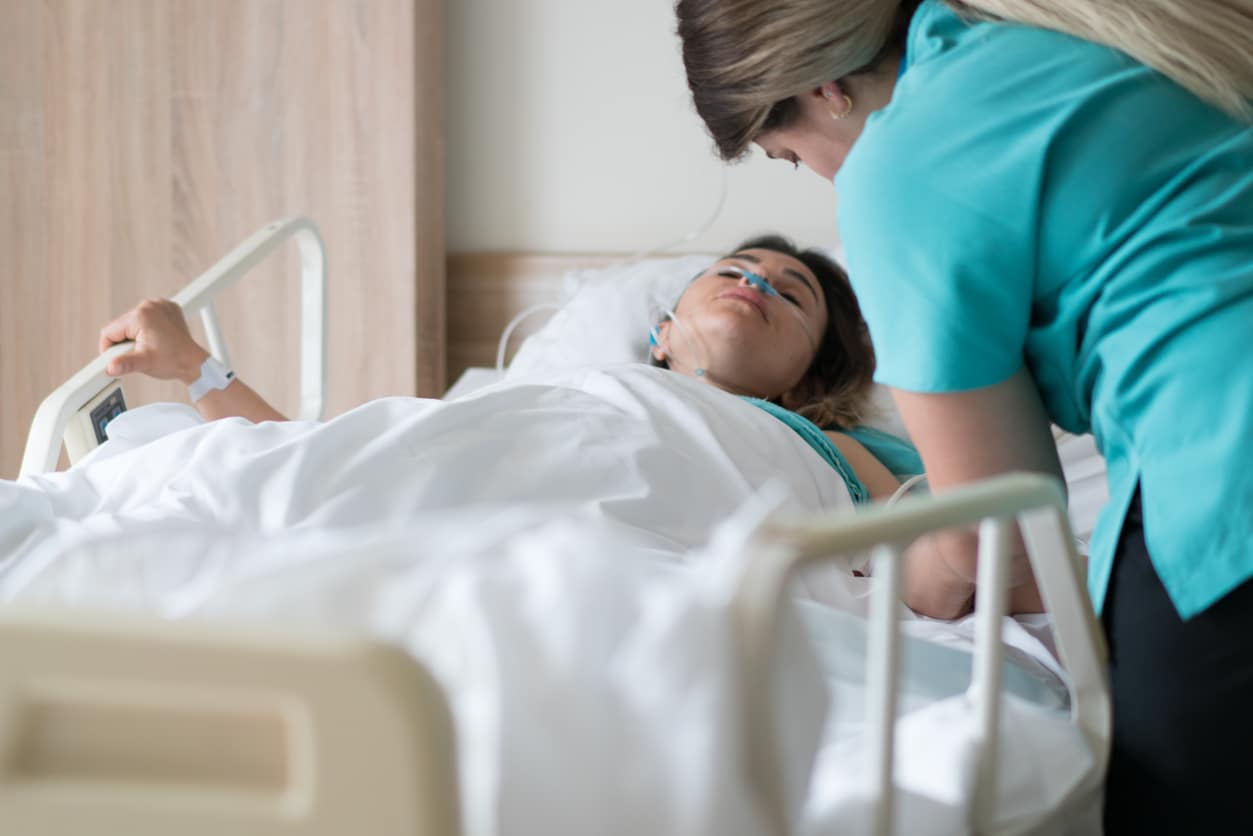
Pressure Injuries in Mobility Impaired
Previous research showed that the incidence of pressure injuries (PI) in patients increased by 80% between 1995-20081. Because of the ever-increasing prevalence of obese, diabetic and elderly patients, rates are predicted to continue to increase.
PI are common with people who have impaired mobility, such as the eldery, people with spinal cord injury (SCI), traumatic brain injury, and others in the long-term care (LTC) setting, with about 70% of pressure injuries occurring in people over the age of 65.
Common causes of pressure injury include both extrinsic and intrinsic factors.1
Extrinsic factors:
- Moisture
- Pressure
- Shear / Friction
- Impaired Mobility
- Abnormal Posture
Intrinsic factors:
- Patient’s age
- Nutritional Status
- Skin Integrity
- Decreased or absent sensations
- Altered Consciousness
The Cost of Pressure Injuries to the Patient
In addition to being extremely painful and uncomfortable to patients, pressure ulcers can lead to fatal secondary infections such as septicemia. A national study determined that:
- The prevalence of PIs in acute care settings in the United States range from 14% to 17% and the incidence range from 7% to 9%.
- Septicemia was reported as an underlying or contributing cause of death in nearly 40% of pressure injury associated deaths.
- Between 1990-2001, pressure injuries were reported as a cause of death for 114,380 persons.
The Cost of Pressure Injuries to the Healthcare System
In addition to the pain, suffering, and reduced quality of life pressure injuries cause patients, they also put significant financial strain on the healthcare system.
In fact, following cardiac problems and cancer, pressure injuries are the third most expensive disorder to treat, costing the healthcare system $26.8 billion per year.
By way of example, the average 300-bed acute facility with a 2.4% incidence rate spends $14 million per year on pressure injury prevention and treatment. 2
Treatment of Pressure Injuries
Treatment of pressure injuries requires a multidisciplinary approach that includes nurses, physicians, and other members of a patient’s care team.
It’s important to have treatment interventions that include management of all conditions that can give rise to pressure injuries, including: 3
- Support surfaces
- Nutritional support
- Surgical repair of the wound
- Topical antimicrobial agents to prevent wound infection
- Protection and promotion of wound healing through dressings, topical applications, and adjunctive therapies used in addition to standard pressure injury care such as:
- Vacuum-assisted closure, ultrasound therapy, electrical stimulation, and hyperbaric oxygen therapy
Fecal Incontinence and Pressure Injuries
Moisture build up due to bowel incontinence is a common cause of pressure injury.
Bowel incontinence, also known as anal incontinence, is the unintentional loss of liquid, formed stool, and/or gas. It ranges from occasional leakage to complete loss of bowel control. ‘True’ anal incontinence is the loss of anal sphincter control leading to the untimely (and unwanted) release of feces.
To reduce the risk of pressure injury caused by fecal incontinence, it’s essential for patients to have an effective, regular bowel management program to reduce the risk of fecal accidents and the buildup of moisture that can lead to PI.
The data speaks for itself:
- Fecally incontinent patients are 22 times more likely to have a pressure injury
- The chances of developing a pressure injury is 37.5 times great for patients who have both imparied mobility and fecal incontinence
- Fecal incontinence is hospitalized patients increases mortality and morbidity
- In one study, 56.7% of patients with fecal incontinence also developed pressure ulcers, making fecal incontinence one of the most common associated risk factors for pressure ulcers.4
Alocane® Plus: Relief for Pain and Discomfort Due to Pressure Injuries
ALOCANE® Plus can relieve pain and itching associated with early stage pressure injuries, dermatitis, sutures/staples, first degree burns, psoriasis, eczema and shingles. It forms a protective barrier on the site of the injury and lidocaine provides fast, localized pain relief.
The active ingredient, lidocaine HCL 4%, provides rapid pain relief caused by skin irritation, and benzalkonium chloride .13% works as an antimicrobial agent by killing microorganisms and inhibiting their growth.
Request samples for your facility today.
Bowel Care and Pressure Injuries
Proper bowel care is an important way to prevent pressure injuries. Exposure to stool changes the pH of the skin and impairs the integrity of the barrier formed by the skin cells, exposing the skin to harmful digestive enzymes.
Overgrowth of microorganisms leads to skin irritation or infection, further weakening the skin’s defense. Coupled with friction and pressure, this can lead to erosions and pressure ulcers, particularly in skin that is already compromised by prolonged exposure to stool and urine.5
Enemeez® Mini-Enemas
Enemeez® has been a trusted source for bowel care management for 15+ years. The Enemeez® formulation is a hyperosmotic, stool-softening laxative that works by drawing water into the bowel from surrounding body tissues. The docusate sodium in this mini enema product prepares the stool to readily mix with watery fluids. It softens and loosens stool and initiates a normal, replicated bowel movement, typically within 2-15 minutes.
Request samples for your facility today.
Disclaimer: The material contained is for reference purposes only. Quest Healthcare, A Division of Quest Products, LLC, does not assume responsibility for patient care. Consult a physician prior to use. Copyright 2021 Quest Healthcare, A Division of Quest Products, LLC.
Sources:
- Agency for Healthcare Research and Quality: Preventing Pressure Injuries in Hospitals
- Clin Geriatr Med 1997;13(3):421–36.
- Pressure ulcers cost the health system $26.8 billion a year | Healthcare Finance News
- Treatment of Pressure Ulcers: A Clinical Practice Guideline From the American College of Physicians | Annals of Internal Medicine (acpjournals.org)
- Perineal dermatitis in critical care patients. American Association of Critical Care Nurses, 27, 42-46. Maklebust JA, Magnan MA. Risk factors associated with having a pressure ulcer: a secondary data analysis. Adv Wound Care. 1994;7(5):25–42. Driver, D. (2007). Ermer-Seltun, J. (2011, February 18).
- Driver, D. (2007). Perineal dermatitis in critical care patients. American Association of Critical Care Nurses, 27, 42-46.
- New Correlation between fecal incontinence and pressure injury 5-21 – Google Slides
- Pressure Injury in the Elderly – Google Slides
- Pressure Ulcers: More Lethal Than We Thought? : Advances in Skin & Wound Care (lww.com)
- https://nursingandhealth.asu.edu/sites/default/files/pressure-ulcers.pdf
- https://www.ncbi.nlm.nih.gov/pmc/articles/PMC3495374/
- https://www.acpjournals.org/doi/10.7326/m14-1568#:~:text=Treatment%20interventions%20include%20management%20of,pressure%20ulcer%20care%2C%20such%20as

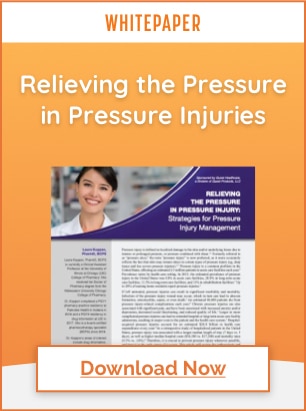
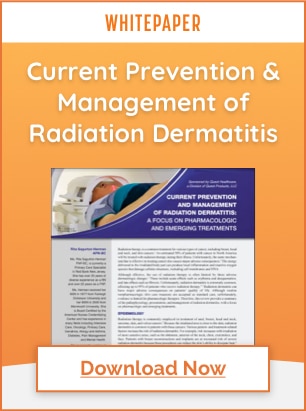

![[Live Webinar] Neurogenic Bowel Dysfunction in Multiple Sclerosis](https://www.questhealthcare.net/wp-content/uploads/2025/02/325-Quest-Healthcare-Speaker-Session-1-500x383.png)
